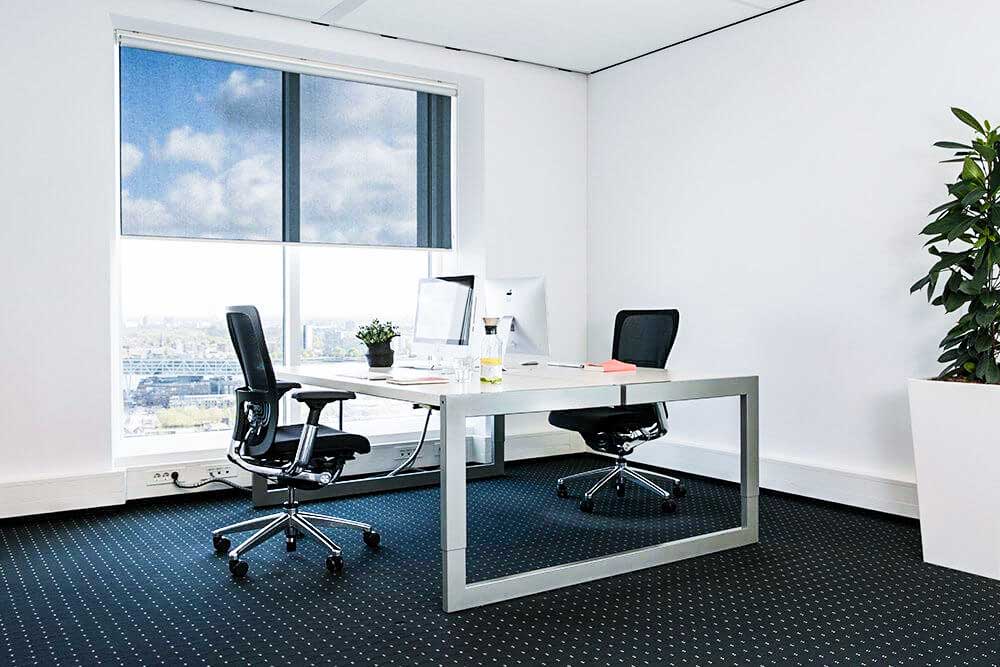
Understanding the performance data of solar shading fabrics for blinds
When considering what is the best fabric to use for your blinds, it’s important to have an understanding of what the various performance data tells you about that fabric and any specific colour.
This blog explains what the various criteria mean and how reflective fabric for your blinds may be the most suited option. There are four main measures to consider when choosing a fabric:
- Tv
- As
- Rs
- Ts
Tv% – Visible (v) light transmittance (T)
This calculates the proportion of visible light transmitted through the shading fabric. As the primary role of a window blind is usually to reduce glare, this data is one of the most important to consider.
Generally, dark colour fabrics will have a lower Tv% than light colours. Screen fabrics with openness factors of more than 3% will allow greater amounts of visible light through the fabric.
A Tv% of 7% is generally accepted as the maximum level of visible light transmission conducive for blinds in schools and offices.
The next three are viewed together and deal with what happens to all solar energy (light & heat). The combined % values adding up to 100%
As%– Solar(s) Absorbance (A)
This calculates the amount of solar energy absorbed by the fabric. It is a widely known fact that dark colours absorb more solar energy (light & heat) than light fabrics and thus will have a high As % value. If heat build-up is an issue for you, choose a light coloured fabric or a dark fabric with a reflective backing such as SilverScreen® or BetaScreen® 300 Eco. If a high degree of light exclusion is required, consider a fabric with a white backing such as ThetaBlock® 60.
Rs% – Solar(s) Reflectance(R)
This calculates the measure of solar energy reflected by the fabric. A high value means that the fabric performs well at reflecting solar energy back towards the outside. Blind fabrics with a reflective metallised backing such as SilverScreen® or AlphaShade® 20 have the best Rs values.
Ts% – Solar(s) Transmittance(T)
This calculates the percentage of solar energy transmitted through the fabric. A low Ts % value means that the fabric performs well at reducing the amount of solar energy entering the building through the glass. Typically dark colours will provide a lower Ts % than light colours as they block more light.
You will quickly appreciate that there is a conflict between reducing heat (light colours preferred)and reducing light (dark colours preferred). This is why ‘best-of-both-worlds’ grey colours are widely used on blinds for offices and schools.
The ultimate solution that addresses both of these issues is a highly reflective screen fabric. The metallised backing faces the glass and gives a high Rs % value. At the same time, this backing creates a virtually solid coating on the yarns of the fabric significantly reducing light diffused through the yarn and ensuring a low solar transmittance (Ts%)is also achieved. All this can be achieved regardless of the fabric colour. For example,SilverScreen® fabric reflects 82% and absorbs 15% leaving just 3% of solar energy transmitted through the fabric into the building.
For further guidance on specifying the right solar shading fabric for blinds in your project, contact us here.
Alternatively, we have a RIBA accredited CPD which helps architects and specifiers make informed decisions on fabric choice when specifying blinds on projects.




